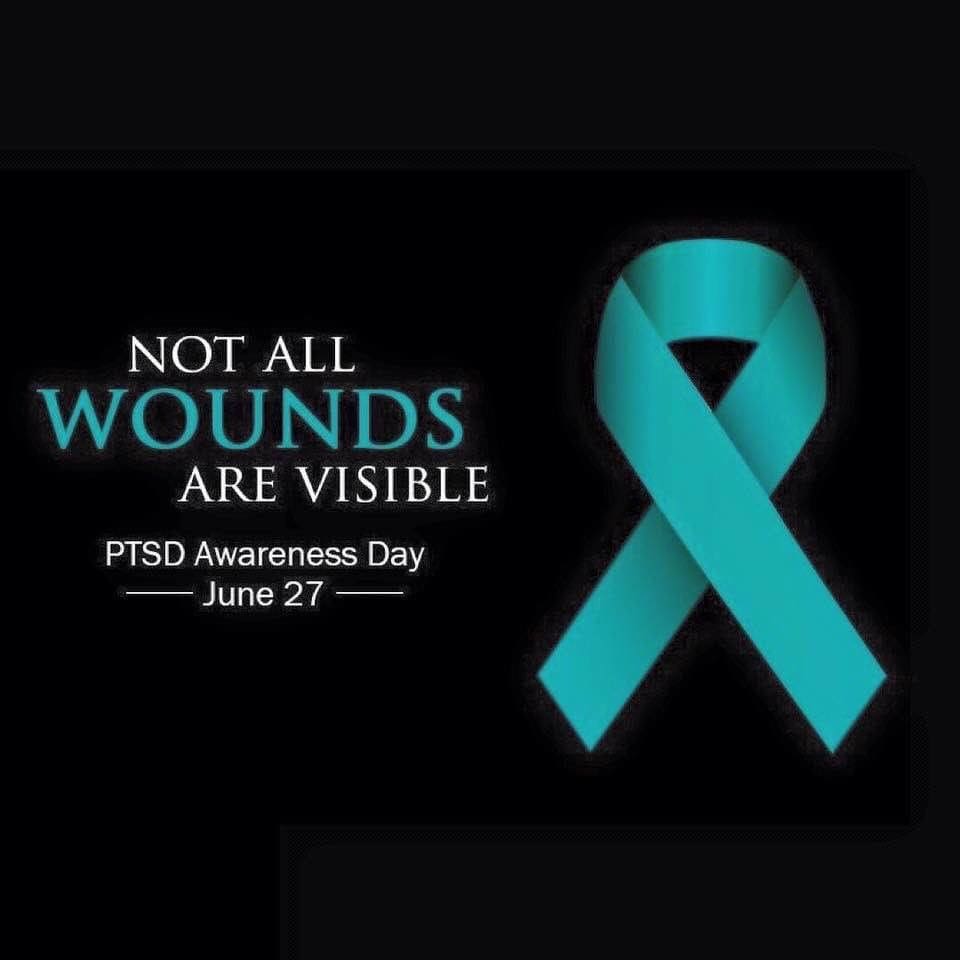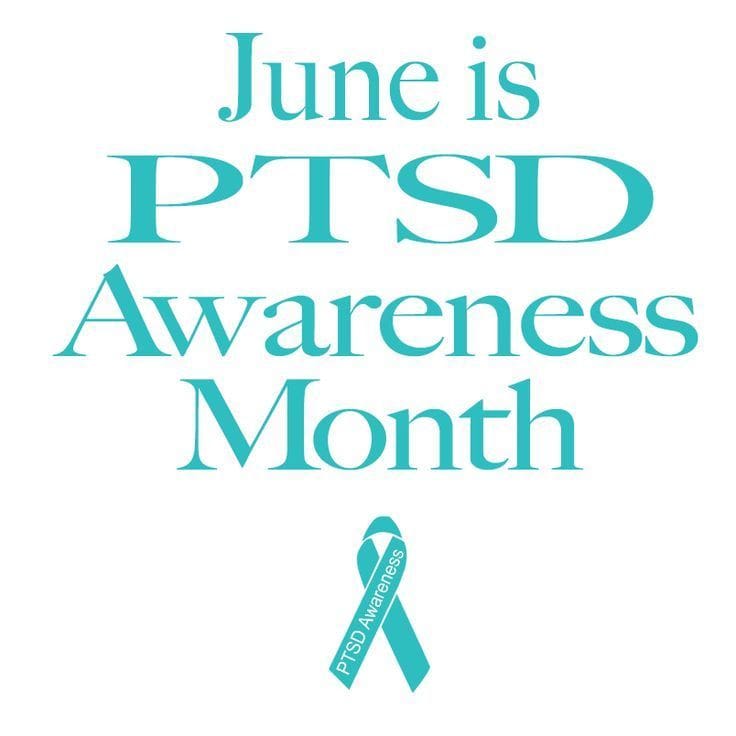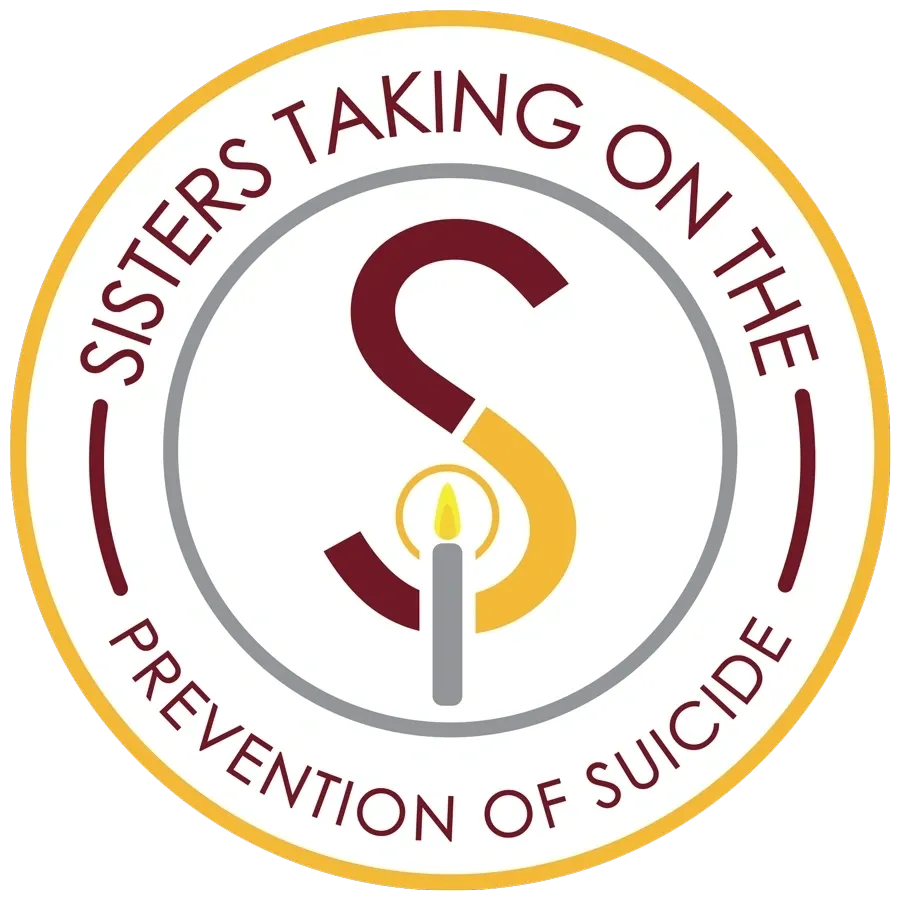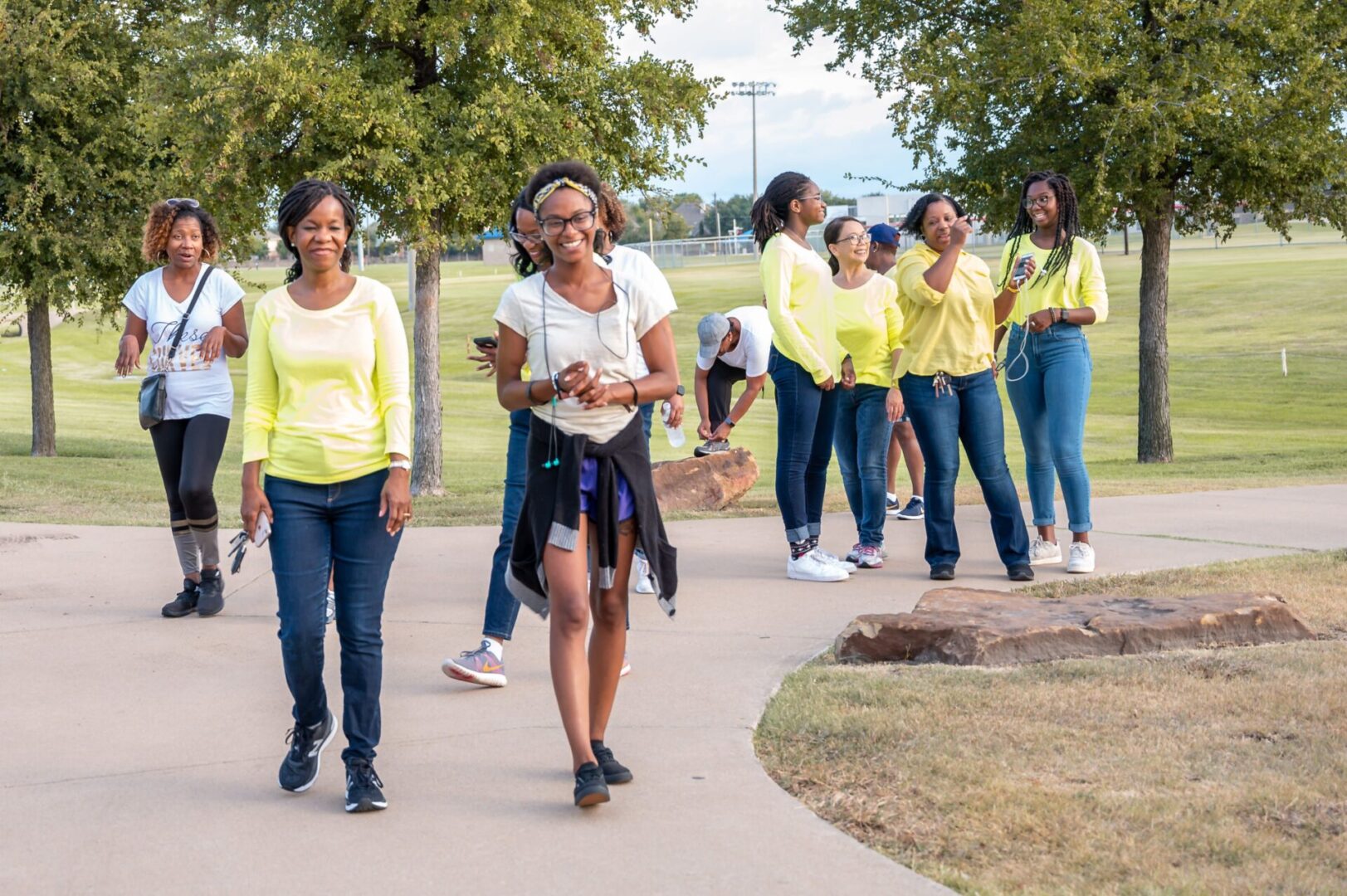ABOUT NATIONAL PTSD AWARENESS MONTH
In 2010, the U.S. Senate declared June 27 to be National PTSD Awareness Day. However, in 2014, it designated the whole month of June to be observed as National PTSD Awareness Month. This was a welcome move by many PTSD organizations and support groups as many felt that more awareness campaigns needed to be held for people to seek help when it came to PTSD. The U.S. Department of Veterans Affairs, one of the most active forerunners in the fight against PTSD, has released a special June calendar that people can download. This special calendar features several activities (like raising awareness on social media through sharing PTSD helplines, articles, subscribing to YouTube channels, finding local PTSD therapists, etc.) aimed to increase awareness and support for PTSD survivors.

HISTORY OF PTSD AWARENESS MONTH
PTSD is not a newly recognized mental disorder. The disorder dates back to 50 B.C. when it was described in a poem by Hippocrates. He talks about the experiences of a soldier returning home after a battle. PTSD started gaining more attention after the wars between England and France when many people, civilians and soldiers alike, reported experiencing symptoms like anxiety, insomnia, intrusive and disturbing thoughts, and flashbacks. This continued throughout WW1 and WW2, with PTSD being named as ‘Shell Shock’ and ‘Battle Fatigue’, respectively. It was during the 1970s’ Vietnam War that the mental disorder was renamed PTSD. Earlier treatments related to electric shock therapy and other painful options. But today’s modern technology and extensive research have led to much better and effective treatments like group therapy, counseling, and antidepressants

HOW TO OBSERVE NATIONAL PTSD AWARENESS MONTH
STAND WITH PTSD SURVIVORS
PTSD survivors need care, attention, and love. Research shows that people recover faster from illness if they have supporters in the shape of friends and/or family. Be there for them by being informed about their specific symptoms, directing them to professional help, or just lending them an ear.
Learn ABOUT PTSD
Research about PTSD’s causes, symptoms, and treatments. You will be better equipped in helping people in the future or even yourself.
tALK ABOUT PTSD
The main aim of National PTSD Awareness Month is to spread awareness about it. Talk to your friends and family, go to events related to it, and donate to PTSD organizations if you can afford to. But whatever you choose to do, don’t stop spreading information about the disorder.
Source: NATIONAL PTSD AWARENESS MONTH - May 2024: National Today
OTHER RESOURCES ON PTSD AWARENESS
PTSD Information and Resources.
Posttraumatic Stress Disorder (PTSD) is an anxiety disorder that can occur following the experience or witnessing of a traumatic event. A traumatic event is a life-threatening event such as military combat, natural disasters, terrorist incidents, serious accidents, or physical or sexual assault in adult or childhood.
PTSD is a real problem and can happen at any age. If you have PTSD, you are not alone. It affects over 12 million American adults (3.7% of the adult population) in any given year. Learn more at Mental Health America.
PTSD Screening
Online screening is one of the quickest and easiest ways to determine whether you are experiencing symptoms of a mental health condition. Take a PTSD test now.
Men's Health Month Information and Resources
Mental Health America is proud to recognize June as Men's Health Month. Check out the infographic for some quick facts about men, mental health, and mental illnesses.

